Wow, it’s been quite a year for the media. While traditional media has declined in popularity over the past decade or so, it seems to be making a small comeback of sorts.
The New York Times reported more than 10 percent year-over-year revenue growth for the fourth quarter of 2017 and 7.7 percent for the entire year. The brand now has more than 2.6 million digital-only subscribers. And according to AdWeek, cable news ad revenue grew 25 percent year over year.
So, things may be looking up for the media industry as a whole.
Yet, journalists continue to battle old and new monsters: constant accusations of fake news, as well as an anti-media sentiment coming from many world leaders, has made it difficult for journalists to connect with readers who are skeptical about trusting them.
Once again Cision surveyed journalists in six countries this year about their perception of the media industry. And as is the case every year, we’re amazed at how things change.
This Year’s Theme? Trust
What stood out to me in the data this year is how journalists are struggling to be trusted by readers. With so many high-profile instances of fake news, authentic journalists who work hard to convey accurate information find it increasingly difficult to build that consumer trust. In fact, 56 percent of journalists said fake news accusations are causing audiences to become more skeptical about all the content they produce. And yet, nearly half of journalists surveyed aren’t sure what all this means for their organizations.
There is a silver lining to the fake news issue: 21 percent of respondents said that it’s elevating the importance of journalistic standards, while nine percent said that it’s improving the popularity of trusted and established media brands.
Another issue journalists are facing is the challenge of capturing people’s attention in a time where many are bypassing traditional media in favor of getting their news on social networks and search engines. Given that these aren’t always the most reliable forms of hard news, this issue only exacerbates the fake news concern.
Where in the past, some journalists might move with lightning speed to get the scoop, more today are focused on being accurate rather than being first. That requires doing their homework on a story, to be sure, but it also means they need to be able to rely on trusted PR professionals that can provide accurate, newsworthy information.
Journalists will continue to work to build that trust with their audiences, and that means careful scrutiny of sources and data.
Where Your Brand Fits In
The silver lining here for communications pros is that journalists rely more than ever on brands to provide them with compelling, fact-based information. Tapping into what journalists need and want is the first step for your brand to provide value to them. That starts, of course, with providing accurate information. Don’t spread fake news by pitching a half-baked story! Make sure your own sources are reliable before you pitch journalists.
30 percent of Journalists surveyed want brands and PR professionals to have a solid understanding of their outlets and areas of research. Nearly as important is tailoring your pitches to their beat. Not only do these practices ensure your news is a good fit for a given journalist, but it also makes them happy that you went to the trouble. A happy journalist is one who is more likely to give you earned media coverage.
Journalists, still rely on brands to provide them with useful press releases they can build their stories around. 63 percent of U.S. journalists surveyed prefer press releases to other types of information, while others want to glean data from your website or blog, social media, or a company spokesperson.
Mastering the Art of the Press Release
Despite the fact that so many journalists still rely on press releases, a lot of brands still miss the mark in writing them. Here’s what journalists want from your press releases.
First, the news hook should be clearly stated. If the journalist can’t determine what your news is, how can you expect him to want to cover it? Next, your press release should tell a story conversationally. No jargon! It’s all too easy to use corporate speak, but that doesn’t help you or the journalist connect with an audience.
Journalists surveyed also said they liked a release to have quality quotes that add depth to the story, as well as multimedia elements that enhance the news.
Building Better Relationships With Journalists
It was also insightful to hear firsthand how journalists want their relationships to go with PR pros. First and foremost, they want you to research and understand their media outlet. As many pitches as journalists receive, they simply don’t have time to field inappropriately targeted pitches. In fact, you can do more harm than good and create bad relationships with improper pitching.
They also want you to provide them with data and expert sources when they need them, so have those ready and waiting in the wings before you pitch.
Journalists are tired of being spammed! Would you want to get an email that said “Dear sir or madam?” It takes very little effort to customize a pitch with the journalist’s name, as well as a suggested angle that’s a good fit for the specific publication.
And speaking of the pitch, journalists find it helpful to get multimedia elements like videos and images included in the email. Just include them as links, not attachments.
And remember, when a journalist can tell a compelling story about your brand, she’ll be that much more likely to want to. So cut through the dry facts and get to what’s really interesting. Consider her audience: why is this news relevant to her readers? Include that in your pitch, and you’ll be more likely to get it accepted.
I fully expect the media industry, as well as journalists’ roles within it to continue to fluctuate with challenges and opportunities. For your brand, staying on top of what’s happening, as well as general public sentiment toward the media is helpful in that you can tweak your public relations strategy accordingly.
Being a trusted partner and information source for a journalist is your opportunity to bolster your brand awareness through earned media and combat fake news at the same time. To learn more about the State of The Media in 2018 download the report.
About
Nick Bell is the VP of Marketing Communications at Cision. With more than 20 years of technology marketing experience, Bell has held executive-level positions with marketing technology firms including Oracle Marketing Cloud, Eloqua and Adobe. Bell has a proven track record of developing award-winning and ROI-based marketing programs, media relations, and brand strategies. Bell holds a degree in journalism from the University of Missouri School of Journalism. Follow him on Twitter @nbell94102.
from Blogs https://ift.tt/2HqREvZ
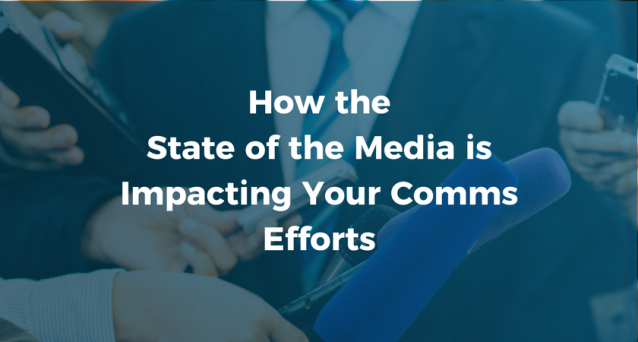
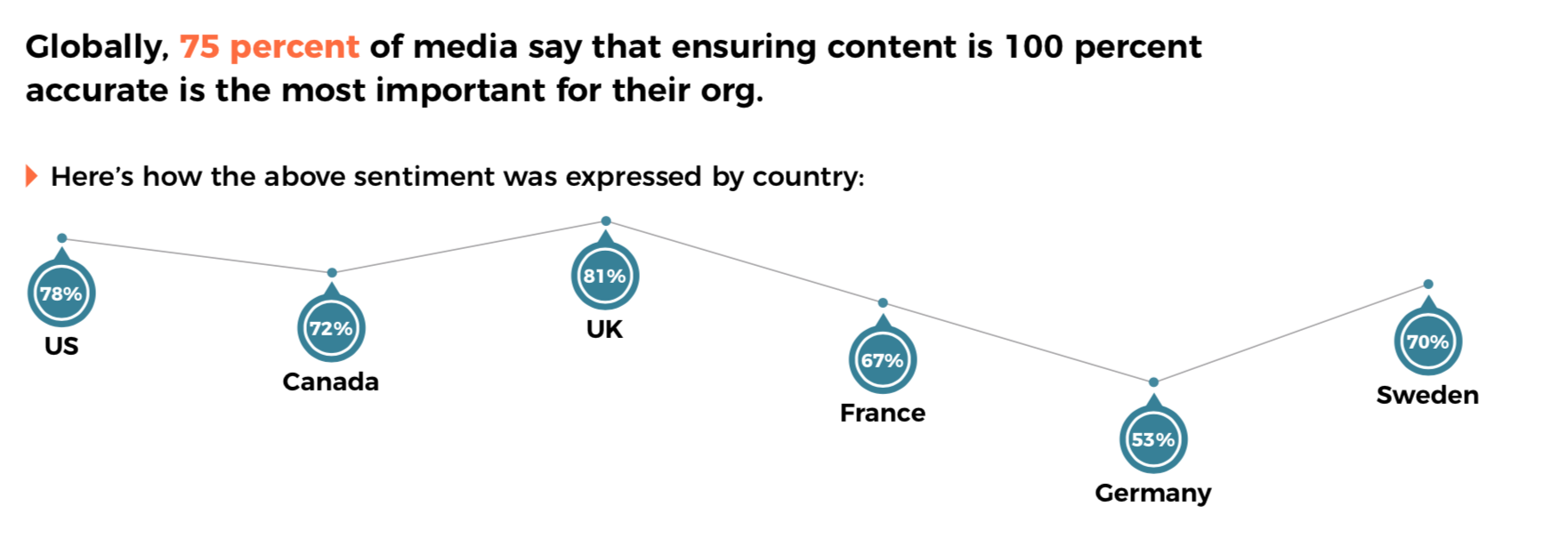
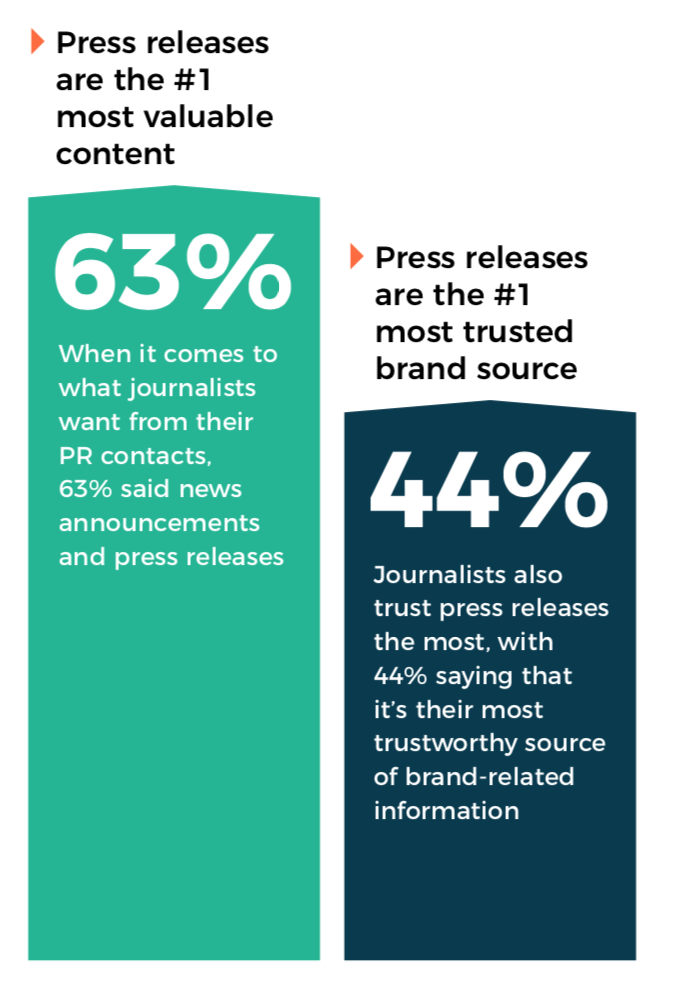
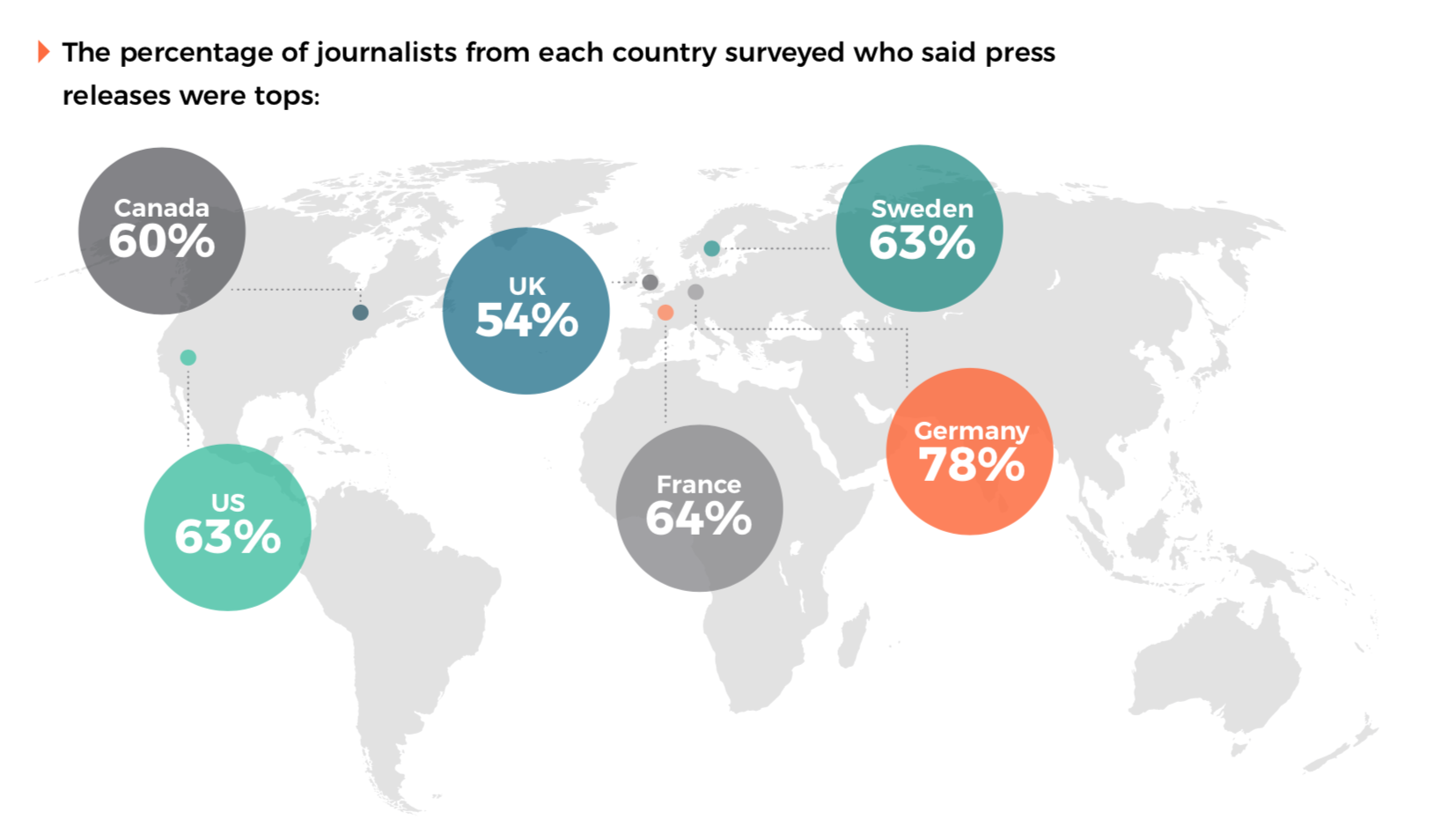
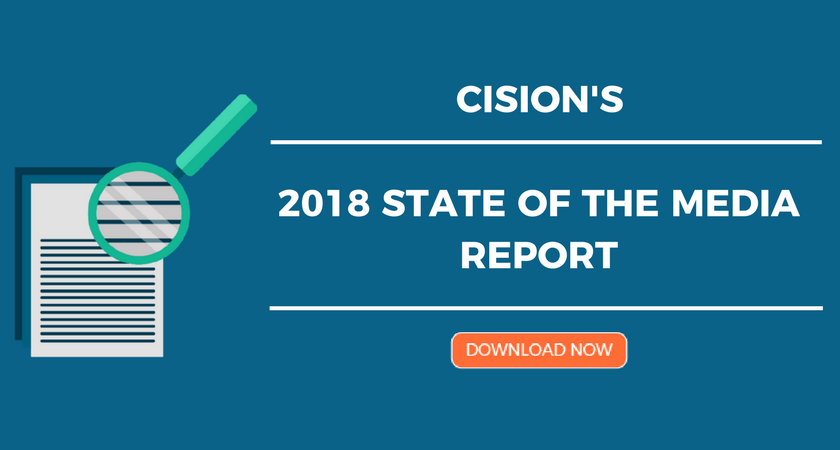
No comments:
Post a Comment